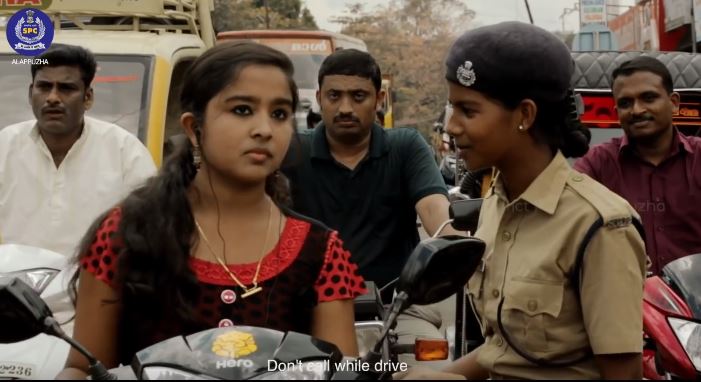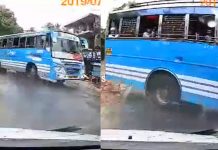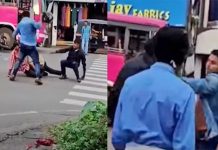Act 129 : A Traffic Awareness Short film
Section 129 in The Motor Vehicles Act, 1988 – Wearing of protective headgear.—Every person driving or riding (otherwise than in a side car, on a motor cycle of any class or description) shall, while in a public place, wear 1[protective headgear conforming to the standards of Bureau of Indian Standards]: Provided that the provision of this sections shall not apply to a person who is a Sikh, if he is, while driving or riding on the motor cycle, in a public place, wearing a turban: Provided further that the State Government may, by such rules, provide for such exceptions as it may think fit. Explanation.—”Protective headgear” means a helmet which,—
(a) by virtue of its shape, material and construction, could reasonably be expected to afford to the person driving or riding on a motor cycle a degree of protection from injury in the event of an accident; and (b) is securely fastened to the head of the wearer by means of straps or other fastenings provided on the headgear.
Video : Vinod Kumar PN.

Road traffic safety refers to the methods and measures used to prevent road users from being killed or seriously injured. Typical road users include pedestrians, cyclists, motorists, vehicle passengers, and passengers of on-road public transport (mainly buses and trams).
Best-practices in modern road safety strategy:
The basic strategy of a Safe System approach is to ensure that in the event of a crash, the impact energies remain below the threshold likely to produce either death or serious injury. This threshold will vary from crash scenario to crash scenario, depending upon the level of protection offered to the road users involved.
For example, the chances of survival for an unprotected pedestrian hit by a vehicle diminish rapidly at speeds greater than 30 km/h, whereas for a properly restrained motor vehicle occupant the critical impact speed is 50 km/h (for side impact crashes) and 70 km/h (for head-on crashes).
As sustainable solutions for all classes of road have not been identified, particularly low-traffic rural and remote roads, a hierarchy of control should be applied, similar to classifications used to improve occupational safety and health. At the highest level is sustainable prevention of serious injury and death crashes, with sustainable requiring all key result areas to be considered.
At the second level is real time risk reduction, which involves providing users at severe risk with a specific warning to enable them to take mitigating action. The third level is about reducing the crash risk which involves applying the road design standards and guidelines (such as from AASHTO), improving driver behavior and enforcement.



















